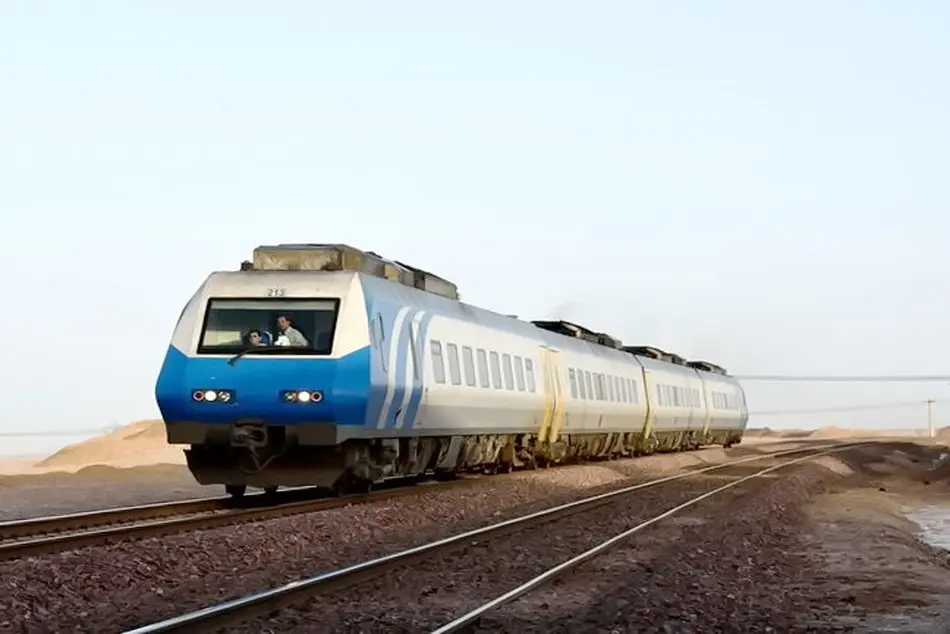Paradise DMU shortcomings
Siemens failed to properly account for the harsh environmental conditions in Iran, characterized by high temperatures often exceeding 45°C in summer daytime and varying high altitudes.

The procurement of Siemens Diesel Multiple Units (DMUs) by the Islamic Republic of Iran Railway (RAI) in the early 2000s was intended to modernize Iran's passenger rail services. However, this project became a case study of the pitfalls of inadequate design adaptation and the importance of understanding local operational conditions. This analysis examines the Siemens DMU project, contrasting it with the earlier, more successful handling of issues with General Electric locomotives. It also considers the broader context of global trends in multiple-unit usage.
In 2001, RAI placed an order with Siemens Austria for 20 diesel fast-running trainsets. This distinction is important as it highlights the strategic nature of the procurement at the national railway level. The DMUs were initially designed for speeds up to 200 km/h, a significant upgrade for Iran's rail network. However, the design speed was later reduced to 160 km/h, despite retaining a running gear design suitable for 200 km/h.
The DMUs were equipped with MAN 2842 diesel engines, each providing 588 kW of power, and Voith T312 hydraulic transmissions. The initial configuration was four cars per set, later increased to six, resulting in 120 cars instead of the original 80. This change, while addressing capacity needs, further compromised the economic viability of the fleet.
One of the most critical issues that emerged was the inadequacy of the diesel engine cooling system. Siemens failed to properly account for the harsh environmental conditions in Iran, characterized by high temperatures often exceeding 45°C in summer daytime and varying high altitudes. This oversight led to frequent engine overheating and turbocharger failures, particularly when operating in multi-unit consists where heat from lead units compounded the problem for subsequent units.
The initial operational plan envisioned these DMUs running two trips per day between Tehran and Mashhad, covering more than 600,000 km annually. However, this ambitious target was never realized due to persistent technical issues and operational constraints. The failure to meet these operational goals significantly impacted the economic performance of the fleet.
It's important to note that the challenges faced by the Siemens DMUs in Iran ran counter to the global trend in multiple unit usage. Over the past two decades, there has been a significant increase in the adoption of multiple units (both diesel and electric) worldwide, compared to locomotive-hauled passenger cars. This trend has been driven by the operational flexibility, energy efficiency, and reduced turnaround times offered by multiple units. The fact that the Siemens DMUs in Iran failed to deliver these benefits highlights the severity of the design and operational missteps in this particular case.
The consequences of these design flaws and operational miscalculations were severe:
1- Reduced Reliability: Frequent breakdowns led to decreased availability and reliability of the DMU fleet. 2- Increased Maintenance Costs: Recurring issues with the cooling system and related components escalated maintenance expenses. 3- Performance Limitations: The need to operate at reduced power in certain conditions negated the advantages of the high-speed design. 4- Economic Inefficiency: The combination of reduced reliability, increased maintenance costs, and underutilization significantly worsened the economic performance of these trains. 5- Reputation Damage: The persistent problems tarnished the reputation of both Siemens and the concept of DMUs in the Middle Eastern railway market, despite their growing success globally. 6- This situation stands in stark contrast to the earlier experience with General Electric locomotives in Iran. In 1992, RAI faced issues with the cooling systems problems of GE's U30C locomotives leading high failure rate of turbochargers. However, this case demonstrated a more effective approach to problem-solving, the detail is explained in “The first challenge of RAI about U30C loco with GE Transportation” , Tinn 252771.




